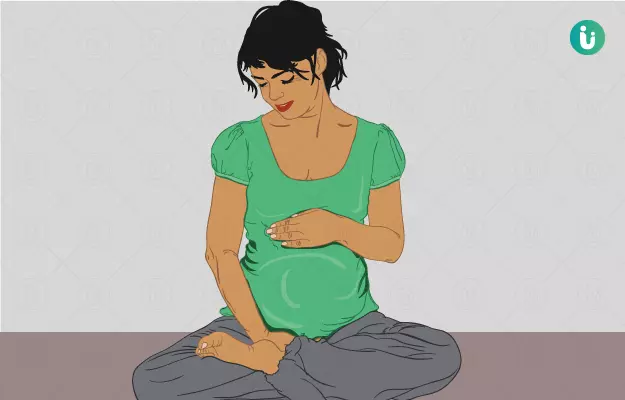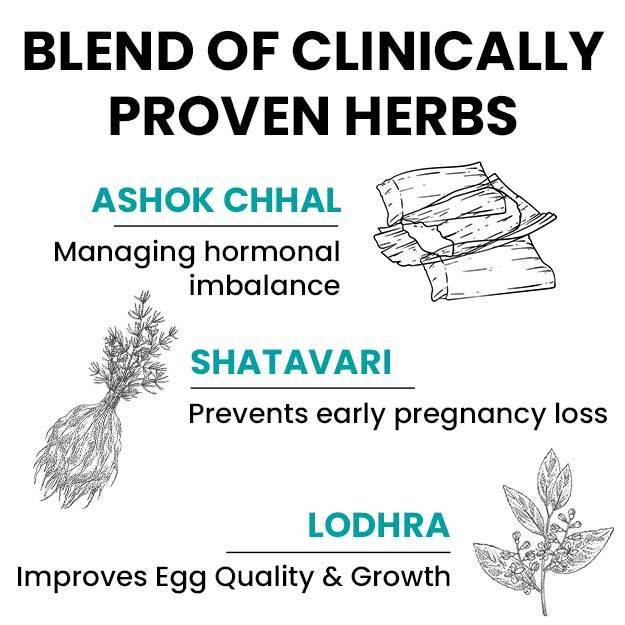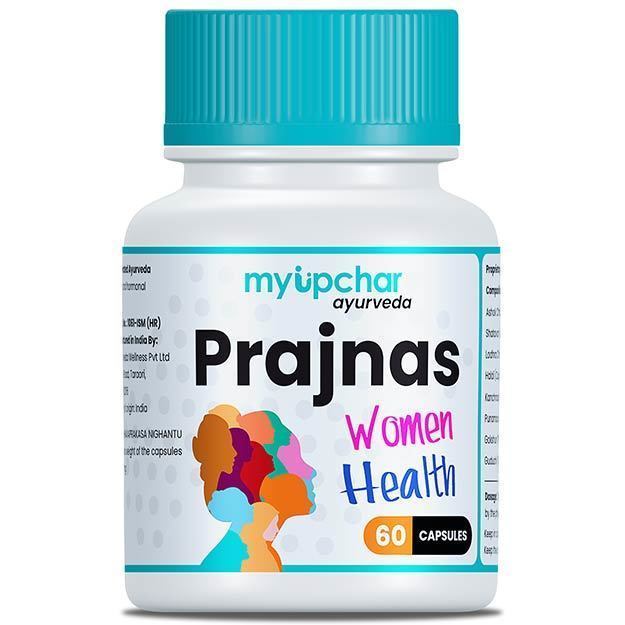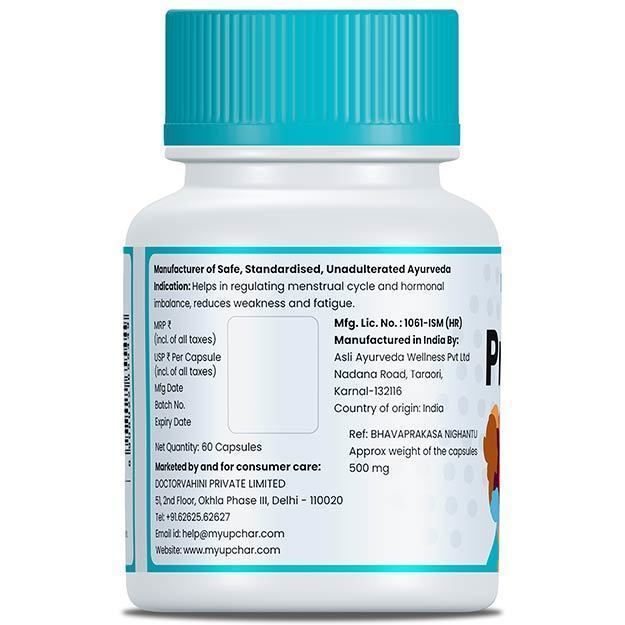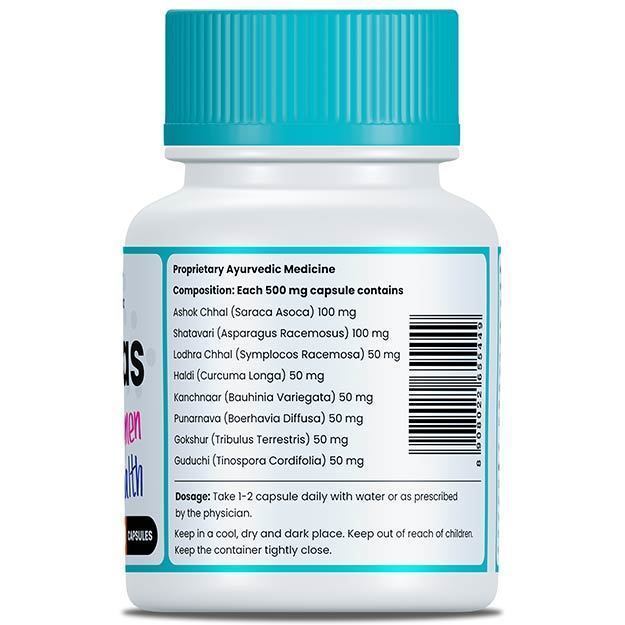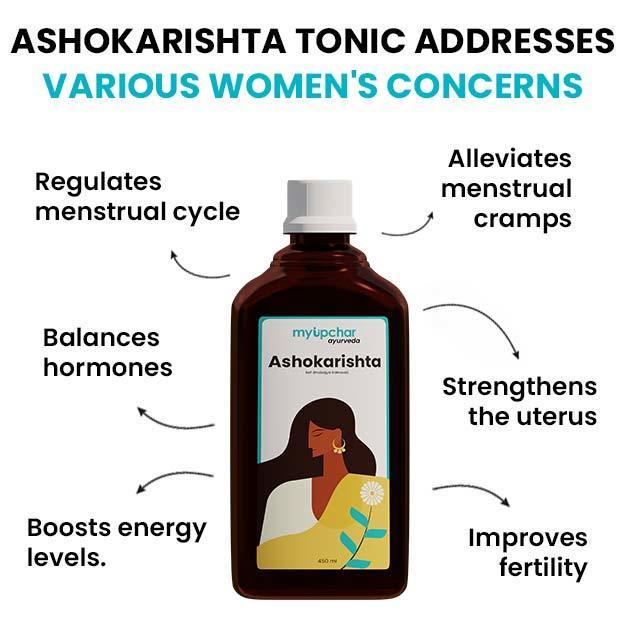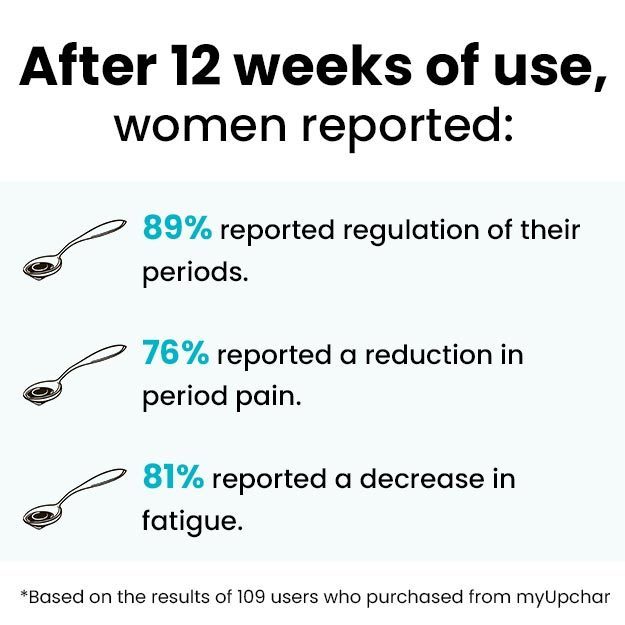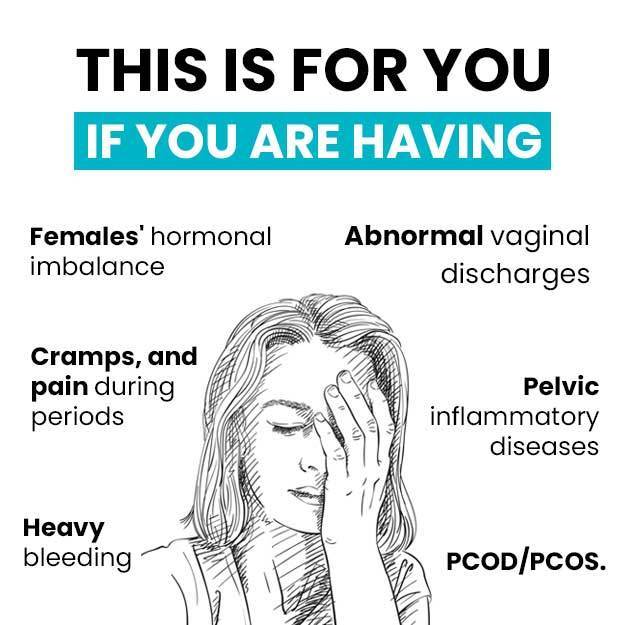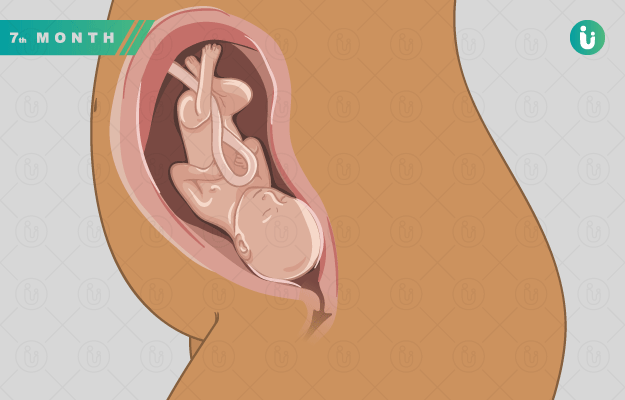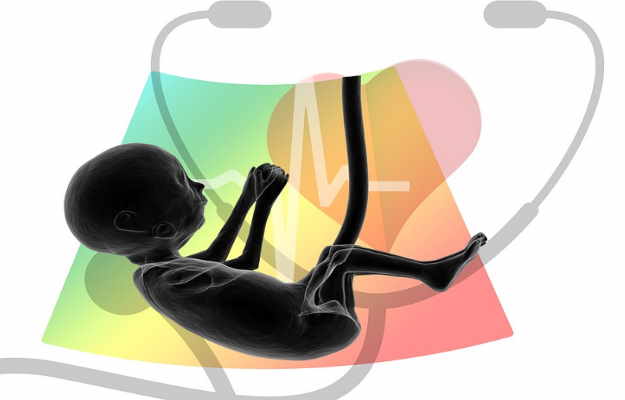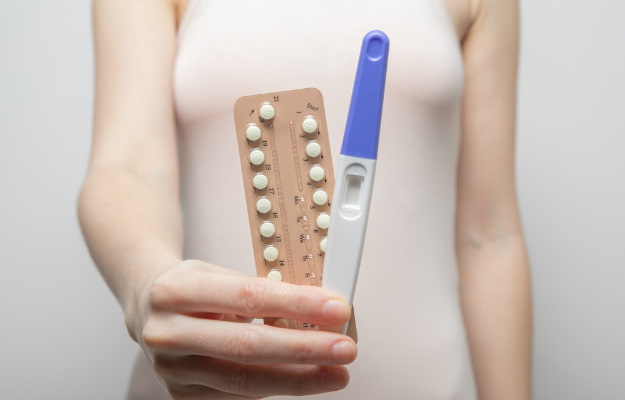Pregnancy is a pleasant feeling for any woman. Every woman wants to give birth to a healthy and beautiful baby. This process is not very complicated, but it is not very easy either. The sperm needs to meet the egg to conceive. In other words, pregnancy occurs when the fertilized egg implants itself in the wall of the uterus.
If you also want to know how to become pregnant or how a child is born, then this article is for you only.
Couples trying to conceive should consume fertility booster medicines made from Ayurvedic herbs, which are available at low prices.
Gestational age
The amount of time that has passed since you conceived is called gestational age. Gestational age is calculated starting from the first day of your last period. This timing is a bit confusing as the pregnancy is counted from the last period i.e. 3-4 weeks before you know you are pregnant. As everyone knows that pregnancy is of 9 months, but if pregnancy is measured by adding gestational age in the true sense, then pregnancy lasts for 10 months.
Many people do not remember the last date of their menstruation. If you don't even remember, then there is no need to worry about it. Doctors can find out the gestational age by doing your ultrasound.
(Read More - How to get pregnant)
How does a woman get pregnant?
Being pregnant is indeed a difficult process. It consists of several stages and all the work is done by sperms (men's semen) and ova (female eggs). Sperm are very microscopic (not visible to the naked eye) cells that are made in the testicles. Sperm mix with other fluids to make semen, which is released from the penis during sex. Every time you have sex, millions of sperm are released, but only one sperm is responsible for the pregnancy. Come, let's know step by step how a woman becomes pregnant -
- Ovaries contain eggs and every month the hormones that control your period are released when some of these eggs are ready. When the egg is ready, it means that it can combine with the sperm. These hormones also cause the lining of your uterus to thicken, which prepares your body for pregnancy.
- Halfway through your menstrual cycle (about day 28) (after day 14), an egg is released from the ovary in what is called ovulation and then travels through the fallopian tubes to the uterus. It stays in the fallopian tube for 12-24 hours and waits for a sperm to fertilize it. When there is no sperm around, it is passed out with menstrual bleeding.
- When semen enters the vagina, sperm swim down the fallopian tubes in search of an egg. They wait for 6 days to mate with the egg, after which they are destroyed. When the sperm cell meets the egg, the process is called fertilization. Fertilization doesn't happen immediately, because sperm stay in the fallopian tubes for up to 6 days after sex, so fertilization takes the same amount of time.
- If the sperm unites with the egg, then this fertilized egg travels through the fallopian tube to the uterus and then it divides into other cells. These cells take the shape of a ball, which is called a blastocyst. The blastocyst remains in the uterus for 2-3 days. If it sticks to the wall of the uterus, then this process is called implantation and pregnancy starts from this time.
- Implantation occurs about 6 days after fertilization and is complete in 3-4 days. The embryo develops from cells inside the blastocyst and the placenta outside the blastocyst.
- When the fertilized egg implants in the uterus, it releases pregnancy hormones, which prevent further secretions from the uterus. This is the reason why periods do not occur after conception.
- If the egg does not meet with the sperm or the fertilized egg does not implant in the wall of the uterus, the pearly lining of the uterus is shed during your period. Usually, half of the eggs that get fertilized but fail to implant in the uterine wall are passed out of the body in the same way during periods.
To know about the treatment for female infertility, please click on the link given here.
How are twins born?
There are two types of twins. Identical twins occur when two embryos form from one fertilized egg, as these twins are made from the same sperm and egg. Their DNA and faces are similar.
Non-identical twins are formed when two eggs are fertilized by two sperm and both of them implant in the wall of the uterus. This happens when more than one egg is released from your ovaries or during any type of fertility treatment. Their DNA is different and they are not even similar in appearance. These types of twins are more common.
(Read More - When to have intercourse to get pregnant)
Takeaway
The process of getting pregnant is long. Therefore, women trying to get pregnant should exercise caution. Also, there is a need to focus on when ovulation time comes in the menstrual cycle. Having sex around the time of ovulation is the most likely to get pregnant.
To improve fertility and remove other physical problems, women must use Chandraprabha Vati and buy it by clicking on the blue link.
Find Obstetrician and Gynaecologist in cities
- Obstetrician and Gynaecologist in Bangalore
- Obstetrician and Gynaecologist in Mumbai
- Obstetrician and Gynaecologist in Ghaziabad
- Obstetrician and Gynaecologist in Chennai
- Obstetrician and Gynaecologist in Pune
- Obstetrician and Gynaecologist in Delhi
- Obstetrician and Gynaecologist in Hyderabad
- Obstetrician and Gynaecologist in New Delhi
- Obstetrician and Gynaecologist in Gwalior
- Obstetrician and Gynaecologist in Gurgaon
Doctors for How and when does pregnancy occur?

Dr. Ayushi Gandhi
Obstetrics & Gynaecology
4 Years of Experience

Dr. Anjali
Obstetrics & Gynaecology
23 Years of Experience

Dr.Anuja Ojha
Obstetrics & Gynaecology
20 Years of Experience


